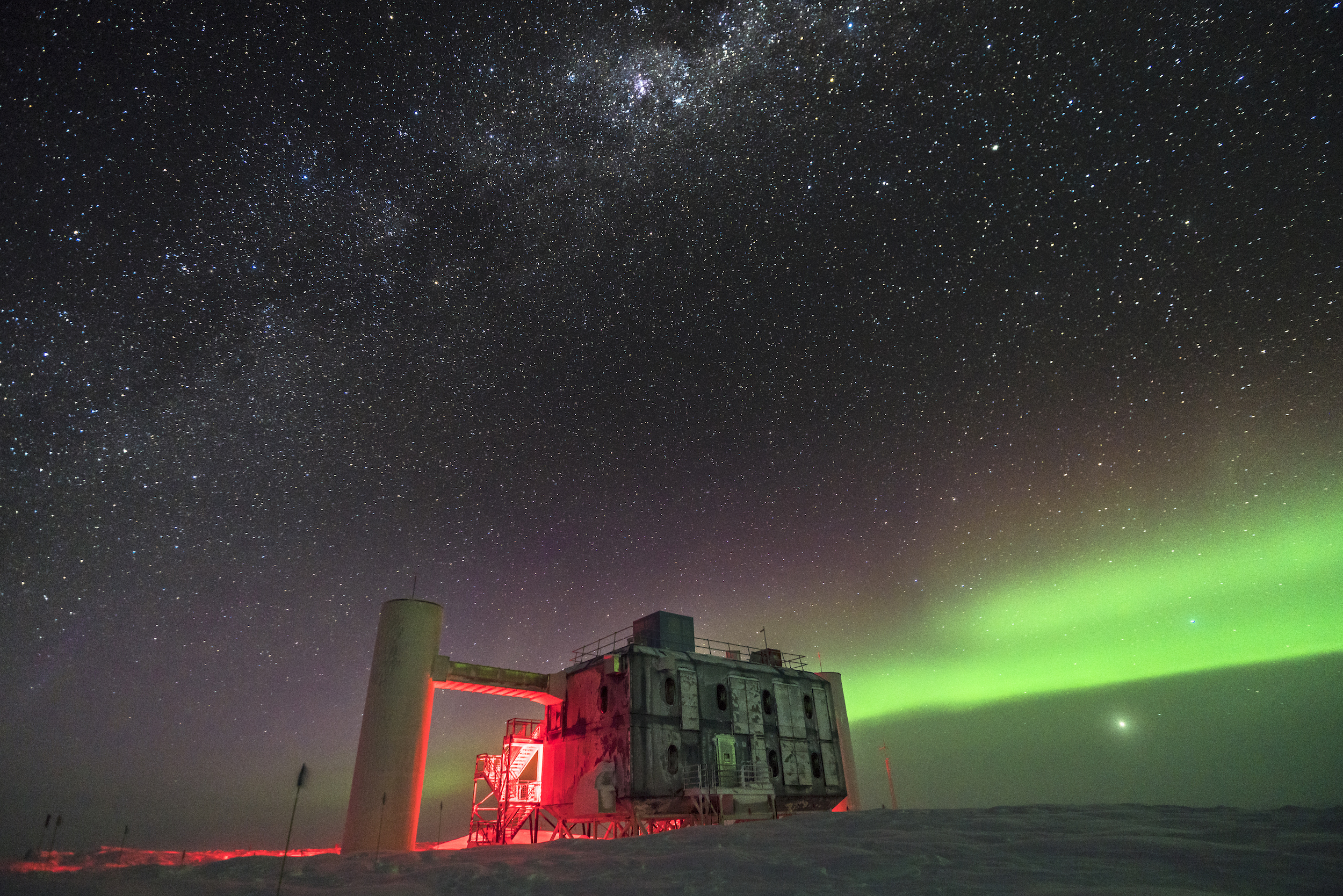Here is the best place on Earth to see stars, according to science
The stars literally twinkle less here because there is hardly any 'atmospheric turbulence' — a phenomenon that confounds scientists the world over.

Good news: Scientists have found the absolute best place on Earth for romantic stargazing!
Bad news: It's literally next-door to the South Pole.
The hotspot (or cold spot, in this case) is called Dome A, and is located on a plateau near central Antarctica, roughly 2.5 miles, (4 kilometers) above sea-level. In a new study published July 29 in the journal Nature, researchers found that the conditions at Dome A are positively perfect for staring at the cosmos with minimal interference from Earth's atmosphere.
In particular, the stars above Dome A actually twinkle less than they do elsewhere around the world, the researchers found. That's because of a phenomenon called atmospheric turbulence. Basically, as wind blows across uneven terrain, like mountains or valleys, it creates turbulent eddies in the atmosphere that can warp the appearance of light reaching Earth from distant stars.
Related: 16 times Antarctica revealed its awesomeness in 2019
"By the time [starlight] hits the ground, it's all over the place and you get these blurry images," study co-author Michael Ashley, an astrophysicist at the University of New South Wales in Sydney, Australia, said in a statement.
In their new study, Ashley and his colleagues confirmed that atmospheric turbulence is not a problem at Dome A. Here's why: Because the plateau is dead flat for hundreds of feet in every direction, the slow local winds create very little turbulence in the air at low altitudes, where a telescope lens would likely sit. The team erected a small telescope on a platform 26 feet (8 meters) off the ground, and were able to totally bypass turbulence when observing the stars in midwinter.
Get the world’s most fascinating discoveries delivered straight to your inbox.
Brutal as they are, those Antarctic winters offer another advantage to stargazers at Dome A. According to the researchers, polar nights can last 24 hours or more during Antarctic winter, creating much longer windows for stargazing than anywhere else on Earth. In conclusion, the researchers wrote, Dome A would be the perfect spot to set up a new ground-based telescope for future stellar observations.
Of course, Antarctica isn't the only grade-A spot for stargazing. Space-based telescopes like NASA's Hubble Space Telescope have the luxury of floating high above the turbulent atmosphere, allowing astronomers to capture some truly breathtaking images of the cosmos. A ground-based observatory at Dome A would have a few practical advantages over the Hubble, however.
"Satellites are a lot more expensive — we’re talking maybe factors of 10 to 100 times the cost [of ground-based telescopes]" Ashley said. "But another advantage of making Earth-based observations is you can always add the latest technology to your telescope on the ground. So you end up with space lagging the technology on the ground by 10 years or more."
So, while Dome A probably isn't the most practical destination for your next date night, it could help astronomers keep their standing date with the cosmos for years to come — although they might need to bring a space heater.
Originally published on Live Science.

Brandon is the space / physics editor at Live Science. With more than 20 years of editorial experience, his writing has appeared in The Washington Post, Reader's Digest, CBS.com, the Richard Dawkins Foundation website and other outlets. He holds a bachelor's degree in creative writing from the University of Arizona, with minors in journalism and media arts. His interests include black holes, asteroids and comets, and the search for extraterrestrial life.

